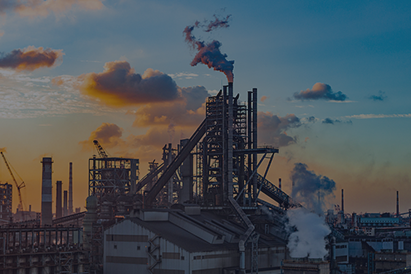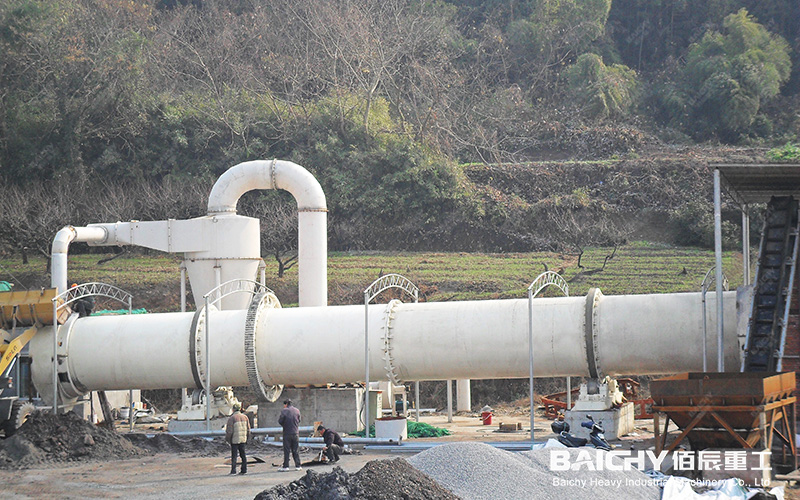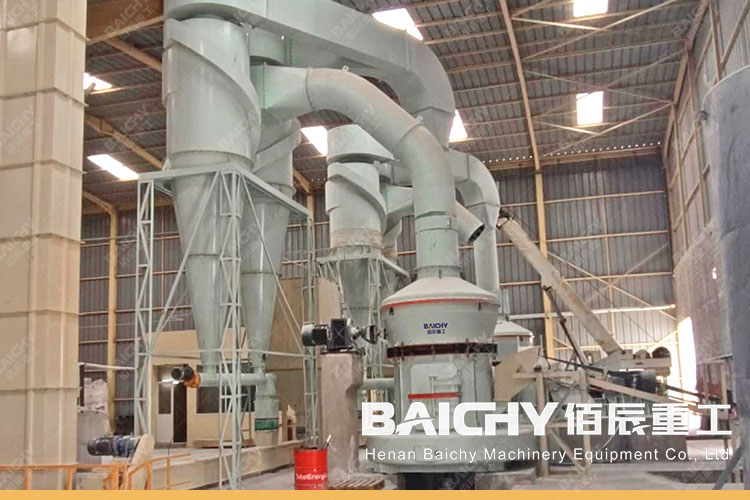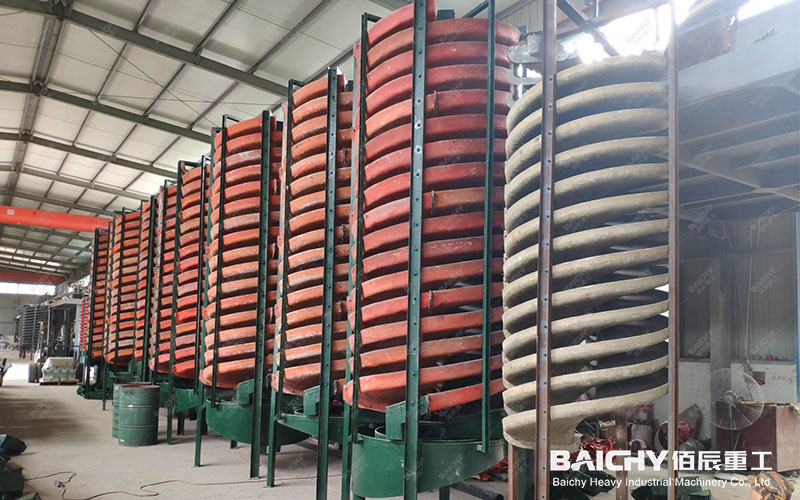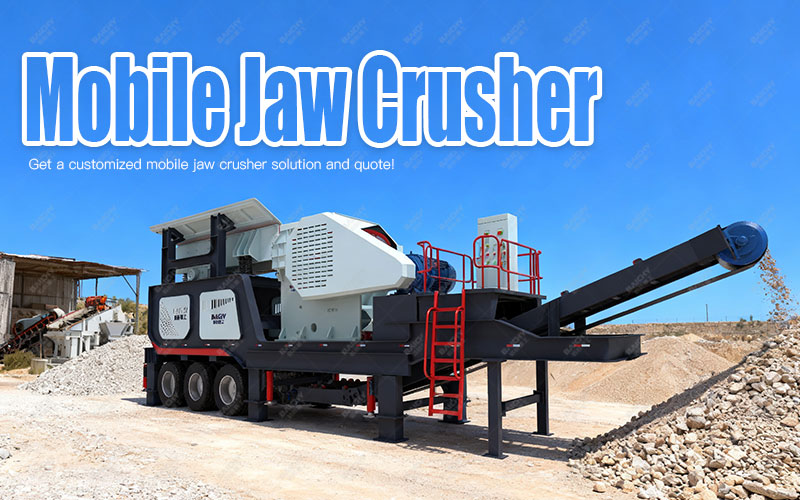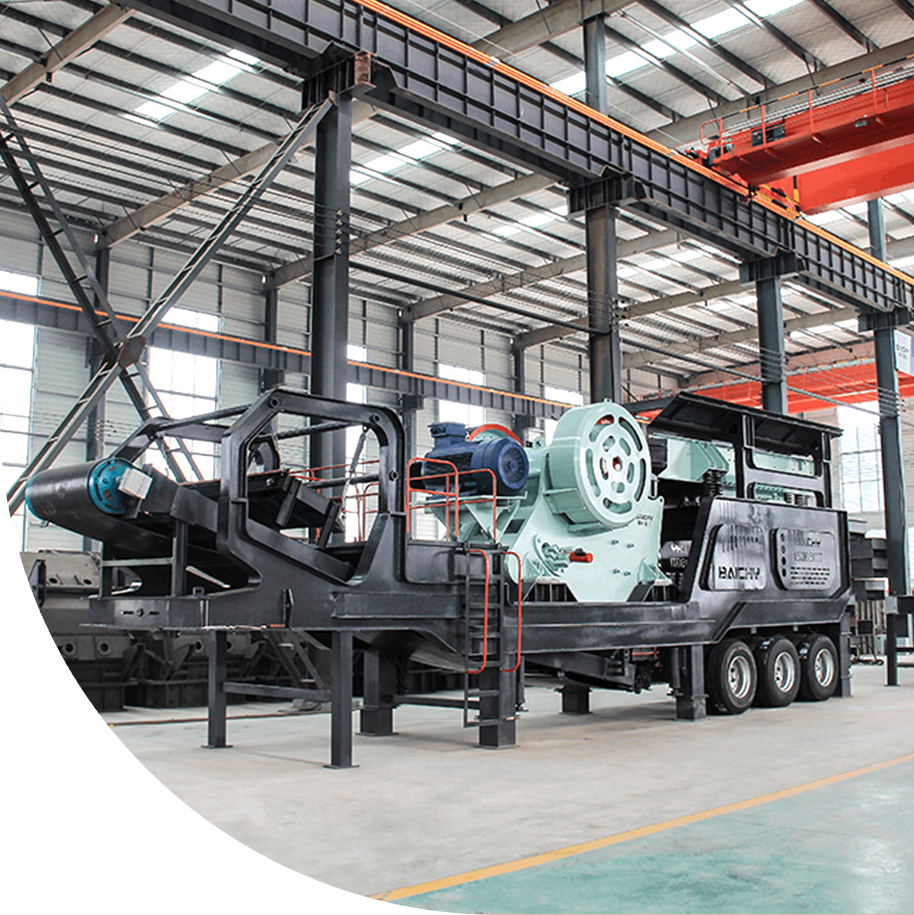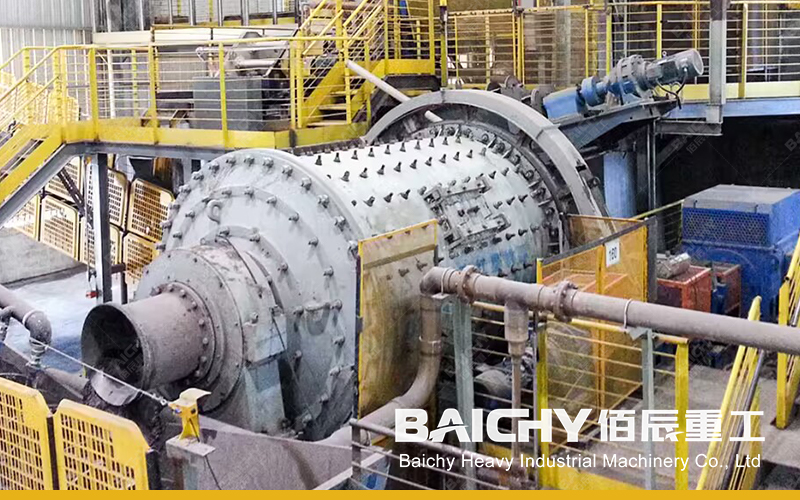
Different types of ball mills in iron ore: Selection guide and detailed explanation of working principles
In the beneficiation and processing of iron ore, the ball mill is a key grinding equipment, which directly affects the production efficiency and product quality. Different types of ball mills are suitable for different ore characteristics and processing requirements. This article will introduce common types such as wet ball mills and dry ball mills in detail, analyze their working principles, advantages and disadvantages, applicable scenarios and selection recommendations, and help you choose the most suitable iron ore grinding equipment.
1. The role of ball mills in iron ore processing
The ball mill is mainly used to further grind the crushed iron ore to the required fineness for subsequent beneficiation processes such as magnetic separation, flotation or gravity separation. Its core functions include:
• Refine ore particles and improve mineral dissociation.
• Evenly mix the slurry to ensure the subsequent beneficiation effect.
• Adapt to ores of different hardness, such as hematite, magnetite, limonite, etc.
2. Common types of ball mills in iron ore processing
2.1 Wet ball mill
Working principle:
Wet ball mills add water or other liquid media during the grinding process to form slurry for grinding. Suitable for fine grinding and ultrafine grinding operations.
Advantages:
✔ High grinding efficiency, suitable for high-hardness iron ore (such as magnetite).
✔ Less dust, good environmental protection.
✔ Can be used in conjunction with other mineral processing equipment (such as spiral classifier).
Disadvantages:
✘ High energy consumption, need to process a large amount of slurry.
✘ High equipment maintenance cost (such as liner wear).
Applicable scenarios:
• Fine grinding of iron ore (-200 mesh accounts for a high proportion).
• Mineral processing plants that need to work with flotation and magnetic separation.
2.2 Dry ball mill
Working principle:
Dry ball mill grinds in a waterless environment and is suitable for coarse grinding or medium grinding. It is commonly used in cement and building materials industries and can also be used for some iron ore processing.
Advantages:
✔ No need to treat slurry, saving water resources.
✔ Simple equipment structure and low maintenance cost.
Disadvantages:
✘ Large dust pollution, dust removal equipment is required.
✘ Low grinding efficiency, not suitable for ultra-fine grinding.
Applicable scenarios:
• Coarse grinding of iron ore (such as preliminary grinding after crushing).
• Ore dressing plants in arid areas or water-scarce areas.
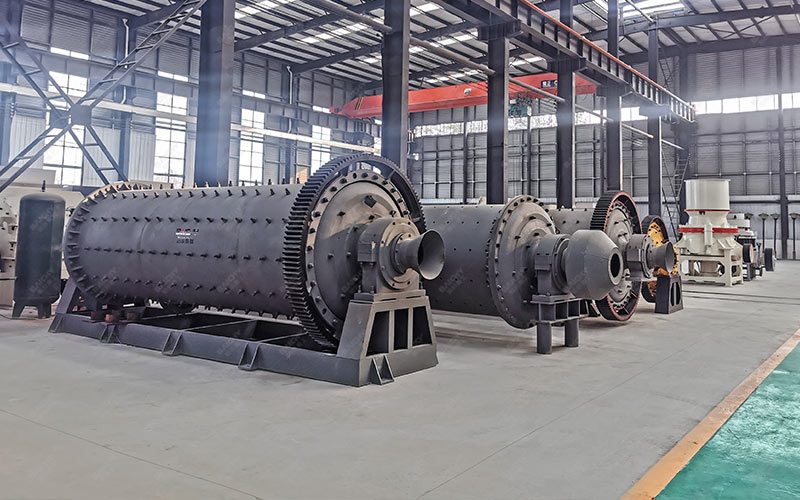
3. How to choose a suitable iron ore ball mill?
When choosing a ball mill, the following factors should be considered comprehensively:
| Factors | Wet ball mill | Dry ball mill |
| Ore hardness | Applicable to high hardness | Applicable to medium and low hardness |
| Grinding fineness | Ultrafine grinding | Coarse grinding/medium grinding |
| Energy consumption | Higher | Lower |
| Environmental protection | Excellent (less dust) | Dust removal required |
| Maintenance cost | Higher |
Selection suggestions:
• High hardness iron ore (such as magnetite) → Preferentially choose a wet ball mill.
• Coarse grinding or arid areas → Consider a dry ball mill + dust removal system.
• High energy saving requirements → Conical ball mill is more suitable.
4. FAQs about ball mills
Q1: Which is better for iron ore, a wet ball mill or a dry ball mill?
A: Wet ball mills are more suitable for high-hardness iron ores (such as magnetite) because of their high grinding efficiency and less dust; dry ball mills are suitable for coarse grinding or when water resources are limited.
Q2: Why is a conical ball mill more energy-efficient?
A: Its conical structure allows the steel balls to be graded and ground according to particle size, reducing ineffective impact and energy consumption.
Q3: How to extend the life of the ball mill liner?
• Use high manganese steel or rubber liner.
• Check the wear regularly to avoid excessive wear.
In iron ore processing, different types of ball mills have their own advantages and disadvantages:
• Wet ball mill: high grinding efficiency, suitable for fine grinding.
• Dry ball mill: simple structure, suitable for coarse grinding.
• Conical ball mill: energy-saving and efficient, suitable for medium and fine grinding.
Choosing a suitable ball mill requires combining ore characteristics, production requirements, energy consumption and environmental protection requirements. I hope this article can help you optimize the iron ore grinding process and improve the efficiency of mineral processing!
Further reading:
How To Choose A Suitable Ball Mill Model?
How To Reduce The Energy Consumption Of Ball Mill? 5 Practical Energy-Saving Tips



